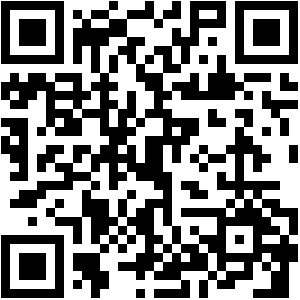INTRODUCTION
The National Museum of Ethnology can not be disconnected from the history of Portuguese anthropology. In it, it has been projected a fundamental dimension of the work carried out by the country’s pioneers in that field. From the Centre of Ethnology Studies, that Jorge Dias directs since 1947, he and those who will work with him in the subsequent years (Margot Dias, Ernesto Veiga de Oliveira, Fernando Galhano e Benjamim Pereira, among others), start an extensive research on the tangible culture that, years later, would be also gathered to form the museum’s collections.
The National Museum of Ethnology’s estate consists of around 40.000 objects, collected in several parts of the world, although the most representative collections are the ones from Portugal – both continental and insular – and those from the former colonies. These objects were mostly obtained through missions organised by the museum itself, or by its request. In several cases, they were also bought to private collectors or were the result of private people donations, or public or private entities ones.
The museum assures public access to two storage rooms, with guided tours (previous booking required). Since 2000, the Portuguese Rural Life Galleries present sets of objects assembled from the agricultural, grazing, traditional technologies and home utensils collections. The vast majority of these objects was gathered, mainly, in the decades of 1960 and 1970, by Ernesto Veiga de Oliveira e Benjamim Pereira. From 2006 on, the Amazonian Galleries present objects from around 40 Amazonian groups, especially from the Brazilian side, with emphasis on the collections assembled in 1964-65, by Vítor Bandeira. It’s there that one can also find the latest set of objects collected, in a research context, amongst the Wauja Indians, from the Xingu region.
Since January 2013, the museum presents its permanent exhibition “The museum, many things”. It is built around seven different sets of objects, that may change in time: The Balinese shadow theatre; Dolls from Southwest Angola; Pot lids with sayings from Cabinda; Portuguese folk music instruments; The tally from Rio de Onor (set dedicated to an object); Masks and puppets from Mali; and The sculptures of Franklim (set dedicated to an author). These result from collections that were studied due to an intensive internship program that the museum has been incentivizing. In addition, in the exhibition, we not only remember the museum’s main protagonists, who, since its origin, set its guidelines and crossed their paths, but also its researchers and collectors.
BRIEF HISTORY OF THE MUSEUM
In 1959, an exhibition entitled “Vida e Arte do Povo Maconde” is put together from a set of objects, collected, in a research context conducted by Jorge Dias, in the ethnic minorities of the Portuguese overseas empire. This was the inspiring moment that led to the future creation of the museum, which, however, would only be funded in 1965, with the name “Museum of Overseas Ethnology” and with Jorge Dias as its first director. After his death (1973), Ernesto Veiga de Oliveira became the new director of the museum, which was now called Ethnology Museum.
In 1975, the museum, working in temporary facilities, was transferred to the actual building, which was especially built for it, and opened its doors, in the following year, with the exhibition “Modernismo e Arte Africana”. The lack of human resources and materials lead to its closure one year later, even tough there was still an intense scientific and educational activity by conducting guided tours to the storage rooms and temporary exhibitions and organizing several colloquia and seminars. It finally reopened to the public, in 1985.
In 1990, it became part of the Institute of Portuguese Museums, and was named National Museum of Ethnology (MNE). Since its creation, and even before the existence of the actual building, the museum organized around 40 exhibitions, some of which became a landmark in the knowledge of the worlds exposed and analysed in the publications that followed them.
Guardianship
Direção-Geral do Património Cultural
Director
Paulo Ferreira da Costa
Address
Avenida Ilha da Madeira 1400-203 Lisboa
Telephone
213 041 160/ 9
Fax
213 013 994
Email
geral@mnetnologia.dgpc.pt
Site
https://mnetnologia.wordpress.com
Access
Bus 28, 714 e 732 (Carris)
Bus 113, 144 (Lisboa Transportes)
Train Cascais Line (Belém Station)
Hop-on Hop-off: “Belém Monumental”
Touristic Bus: departure from near the Jerónimos monastery
Parking available to museum’s visitors
Wheel chair available in the reception desk. Some facilities for people with reduced mobility.
SCHEDULES
Tuesdays – 14:00-18:00; Wednesdays to Sundays – 10:00-18:00
Closed on Mondays and Tuesdays (in the morning) and on the following holidays: January 1st, Easter Sunday; May 1st, 13th of June and December 25th.
PRICE
Admission Ticket – 5,00€
Student – 5,00€
Senior – 5,00€
ONLINE TICKETS

MNE online tickets

DGPC online tickets
SERVICES
Reception desk
Store
Free parking
Library / Media Centre
Permanent exhibition:
“The museum, many things”
